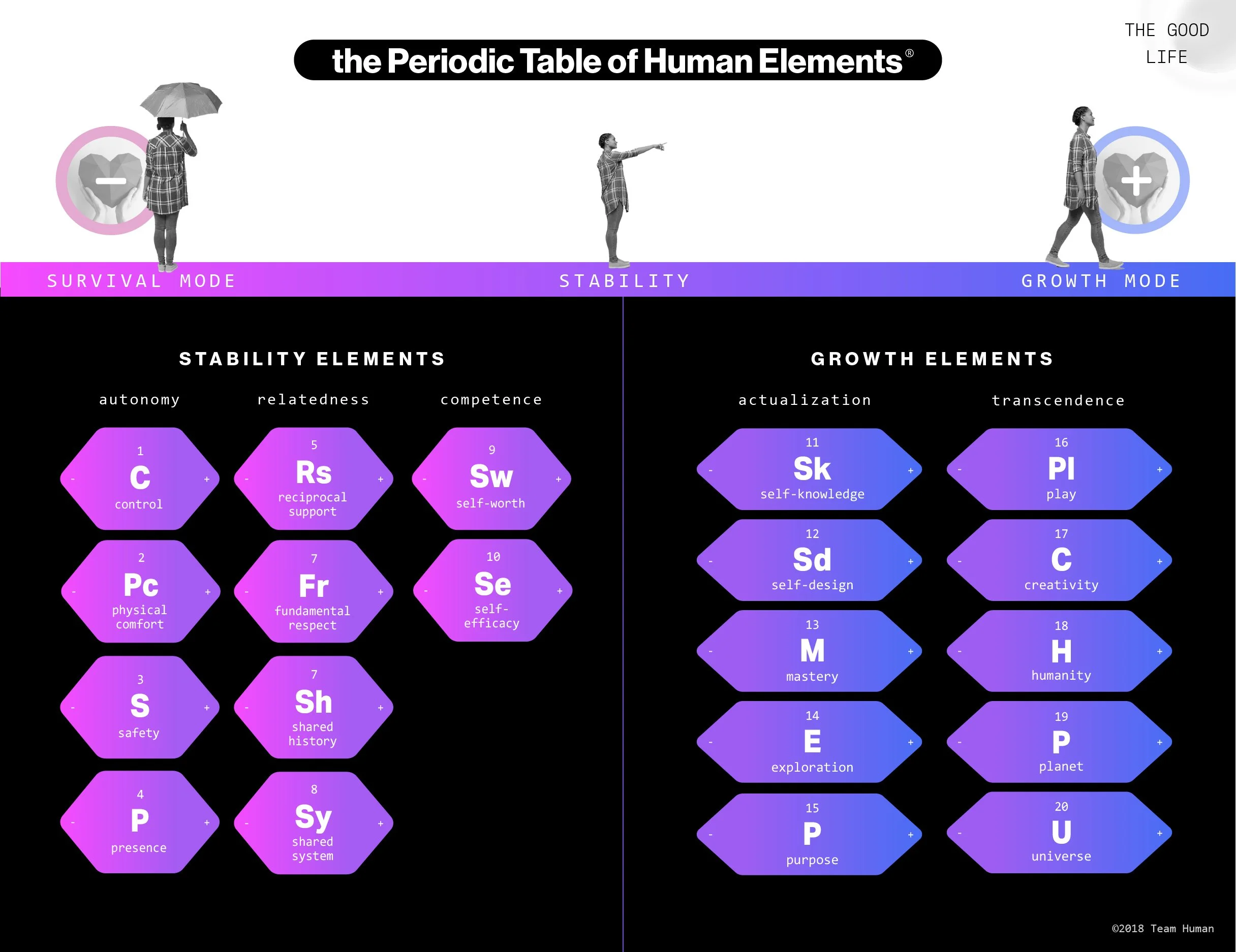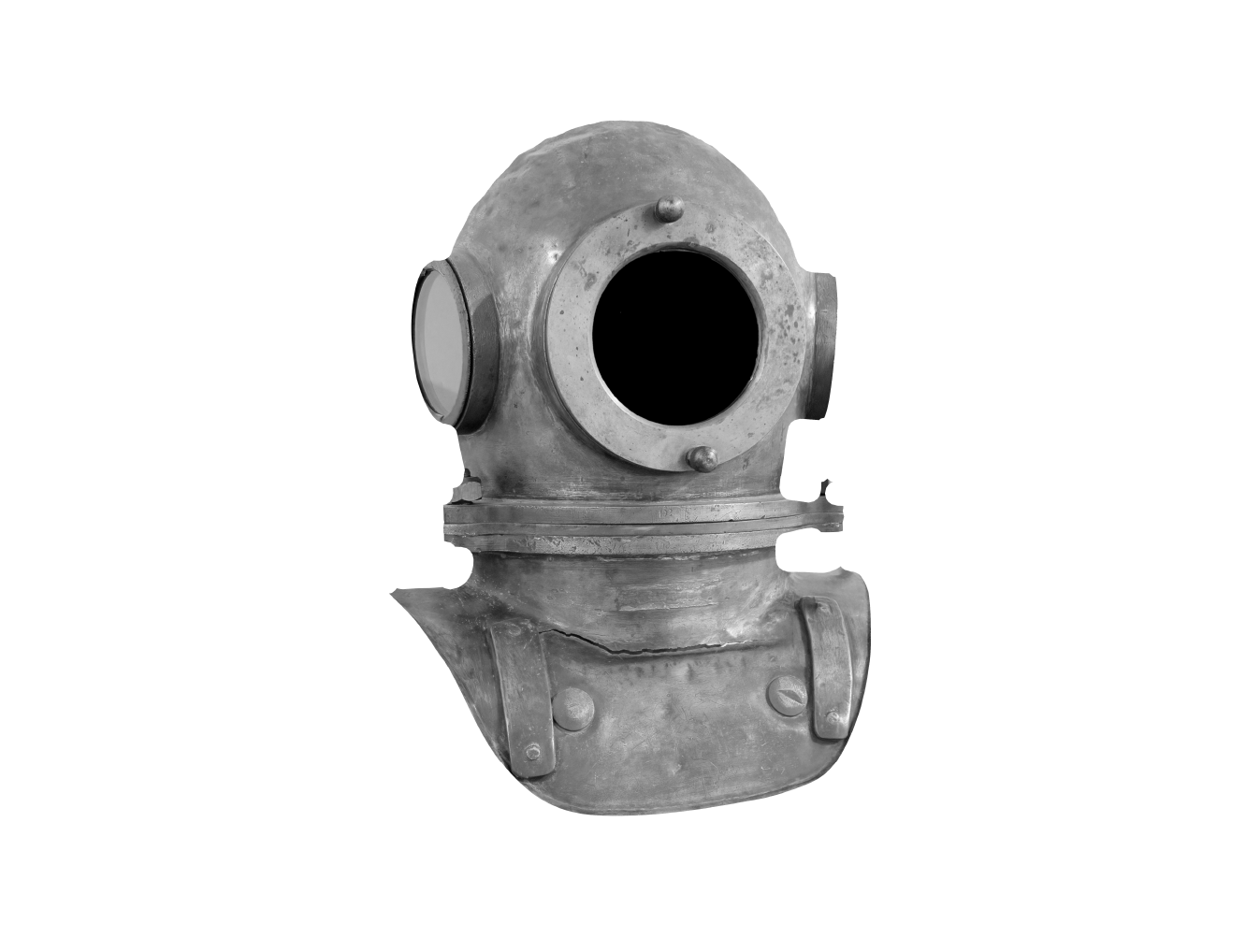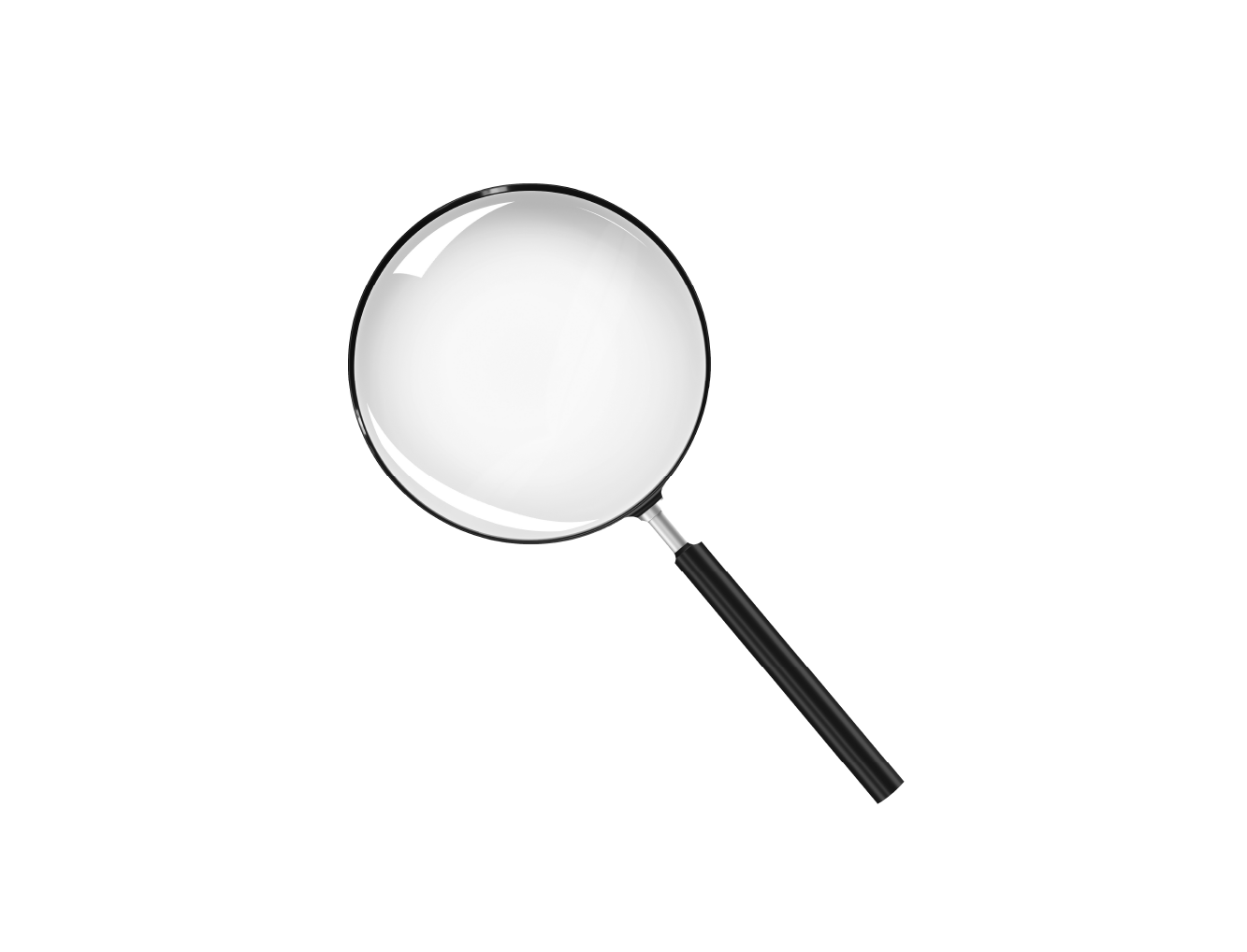
The Well-Being Method
The products in our world shape the way we live. And every product, regardless of industry or scale, has the potential to affect our well-being. We created this method to answer one key question: How can we put well-being at the center of product design? Join us in creating products that support people at a deeper level.
THE FRAMEWORKIntroducing the Periodic Table of Human Elements®
We utilize the Periodic Table of Human Elements®, a behavioral science framework developed at MIT, to evaluate how a product impacts people's overall well-being and the deeper value it can offer.
The Periodic Table consists of 20 human elements—building blocks of the deepest human needs and drivers of psychological well-being.
There are 4 steps.
STEP 1Explore the deeper story
Most product teams focus their efforts on researching surface-level behaviors and perfecting the surface-level experience. For instance, how can we decrease attrition in the onboarding process? Deeper differentiation arises from "scuba diving" into the underlying story and assessing the impact a product has on someone's broader life and well-being.
STEP 2Uncover the human elements
After exploring the deeper story, it’s time to uncover the deeper patterns. This is where the Periodic Table of Human Elements comes in. It’s worth noting that multiple human elements will shape every product experience. This step is all about narrowing down to the elements that shape the deeper experience most.
STEP 3Pinpoint related needs
While the human elements provide a powerful grounding for each product in deeper psychological well-being, designing for them can feel overwhelming due to their broad nature. Therefore, the next step is to pinpoint the specific needs that deliver on each human element. In other words, what needs, if satisfied, will fulfill the human element and promote well-being.
STEP 4Design the future product
The last step is to turn your wellbeing-centered product strategy into a 3-Year Vision that will guide product efforts and help teams forge the path to deeper value.
THE RESULT
The products in our world shape the way we live.
By proactively designing for well-being, we can create products that leave people stronger, happier, and more fulfilled.
Stability Elements (1-10)
Stability elements—like control, social support, and self-worth—form the basic foundation for individuals to move beyond survival mode and attain psychological stability in their lives.
-

CONTROL
the extent to which someone feels control over the events that affect their lives (Rotter, 1966)
-
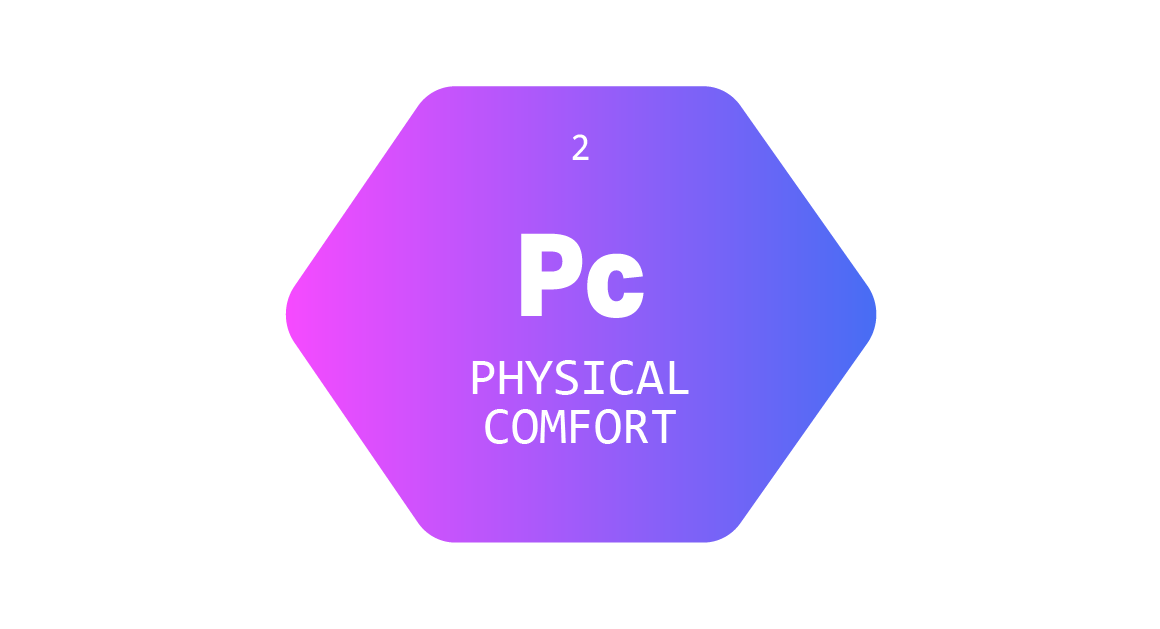
PHYSICAL COMFORT
the extent to which someone feels physically taken care of—at ease and relaxed
-
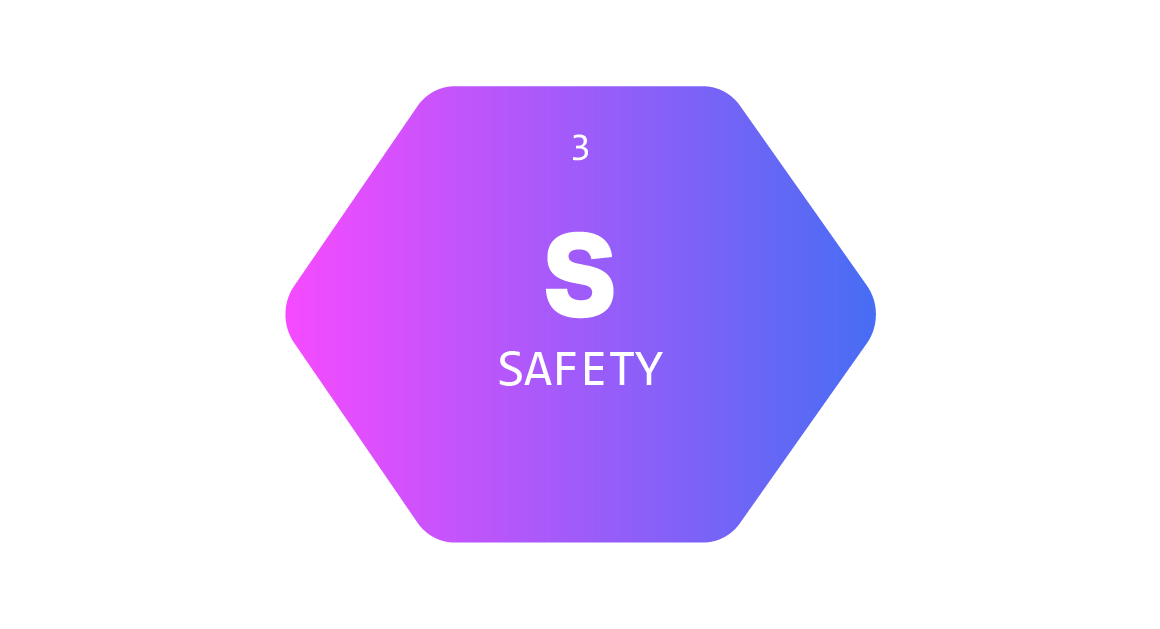
SAFETY
the extent to which someone is protected from harm, danger, and injury
-
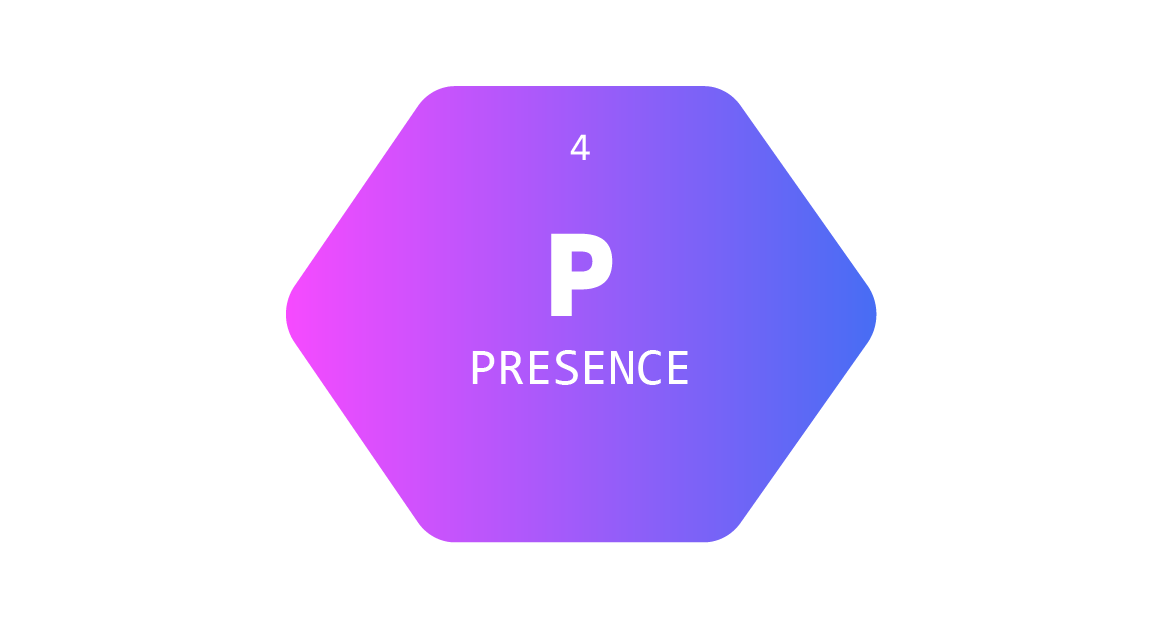
PRESENCE
the extent to which someone feels immersed and attentive, free from distraction
-
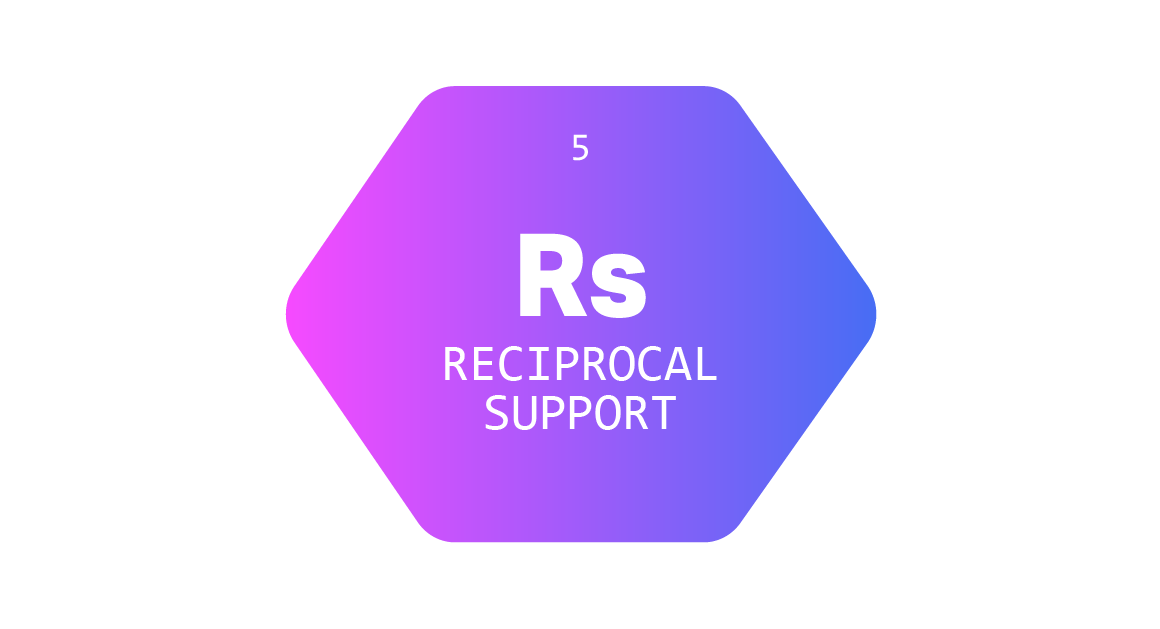
RECIPROCAL SUPPORT
the extent to which someone feels like a member of a mutual support dyad (Barrera, 1986)
-
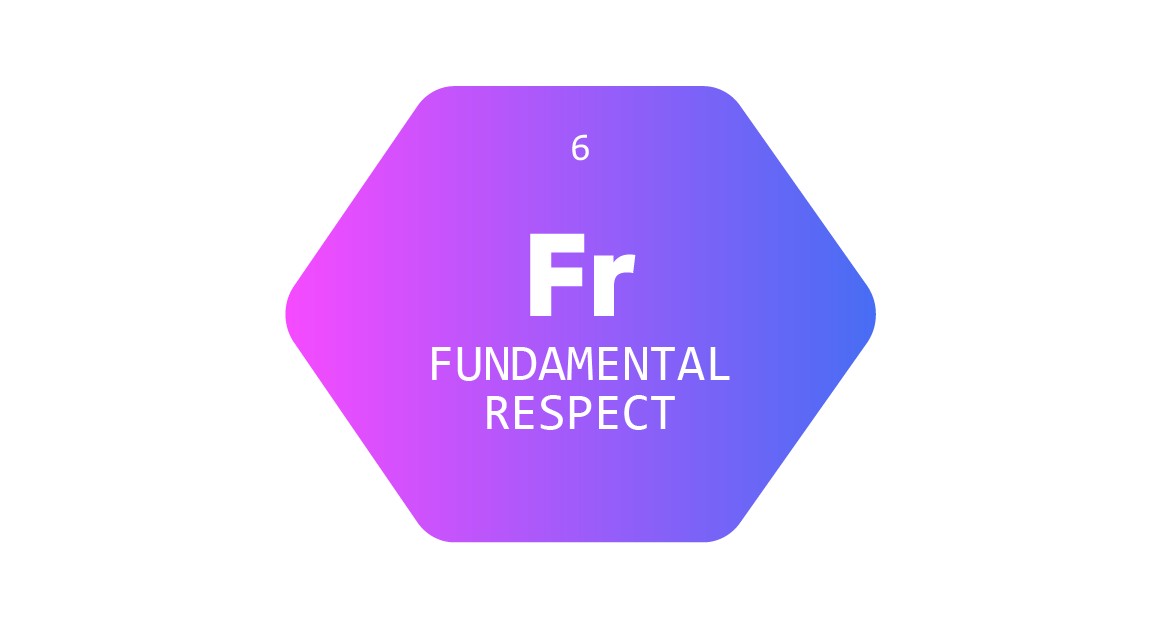
FUNDAMENTAL RESPECT
the extent to which someone feels accepted and appreciated, without judgment or disparagement
-

SHARED HISTORY
the extent to which individuals or groups hold history, experiences, and memories together
-
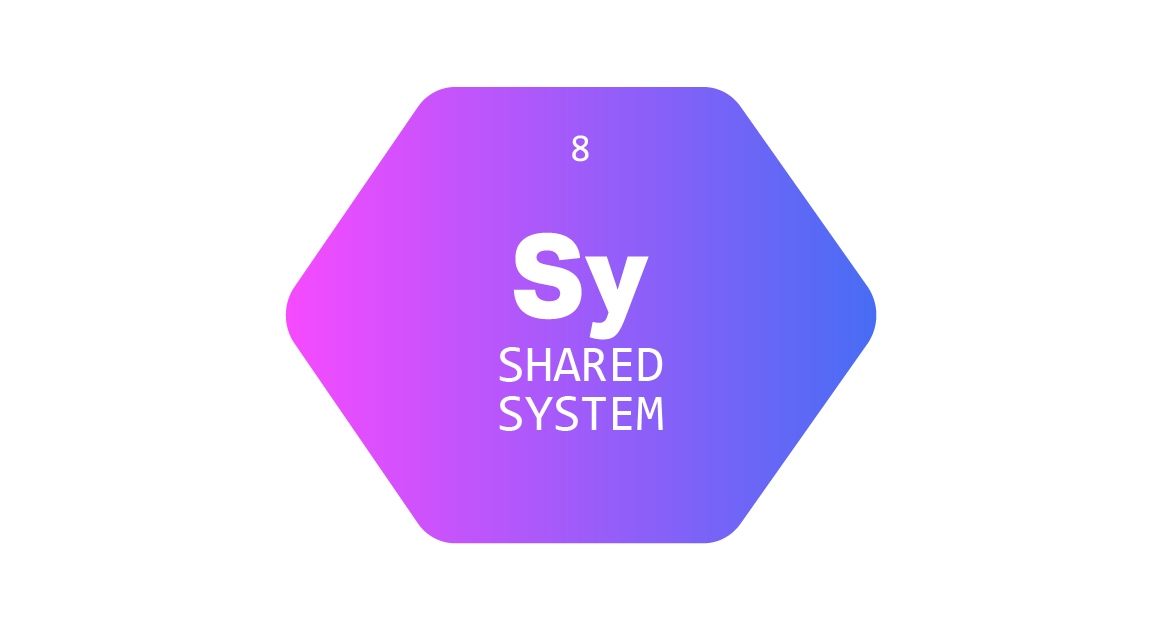
SHARED SYSTEM
the extent to which individuals or groups share a common context or operating system
-

SELF-WORTH
the extent to which someone respects themselves and feels inherently valuable
-
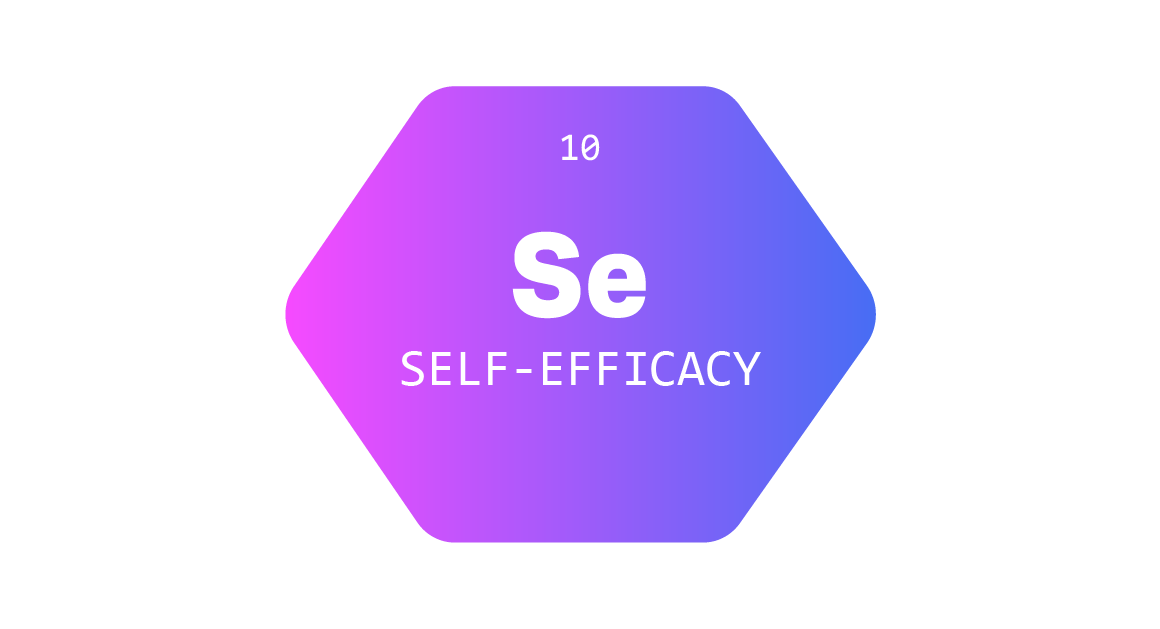
SELF-EFFICACY
the extent to which someone believes in their ability to successfully perform a task
Growth Elements (11-20)
Growth elements—like self-design, exploration, and play—build on a stable foundation and help individuals actively pursue happiness and meaning.
-
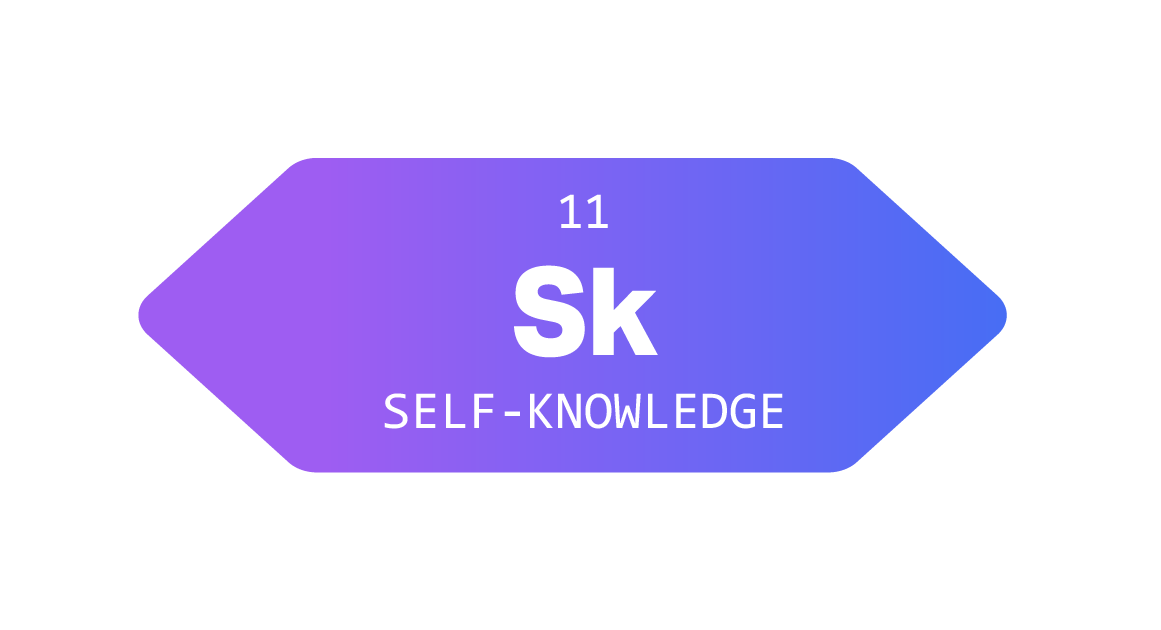
SELF-KNOWLEDGE
the extent to which someone understands the uniquenesses and nuances of who they are as a person
-
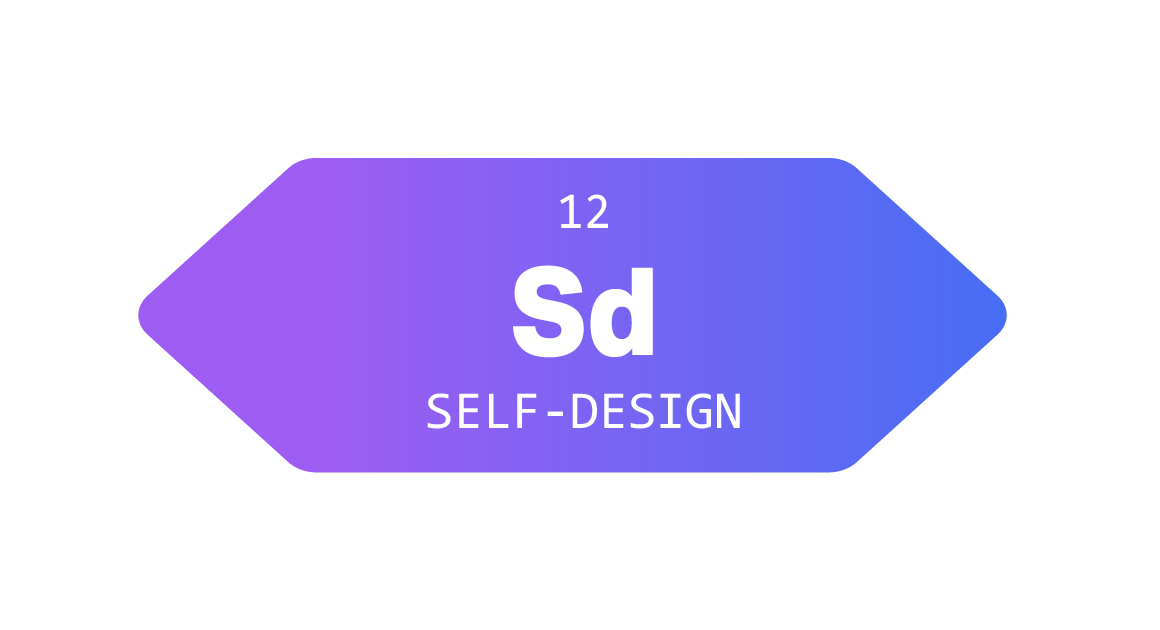
SELF-DESIGN
the extent to which someone actively shapes who they are as a person
-
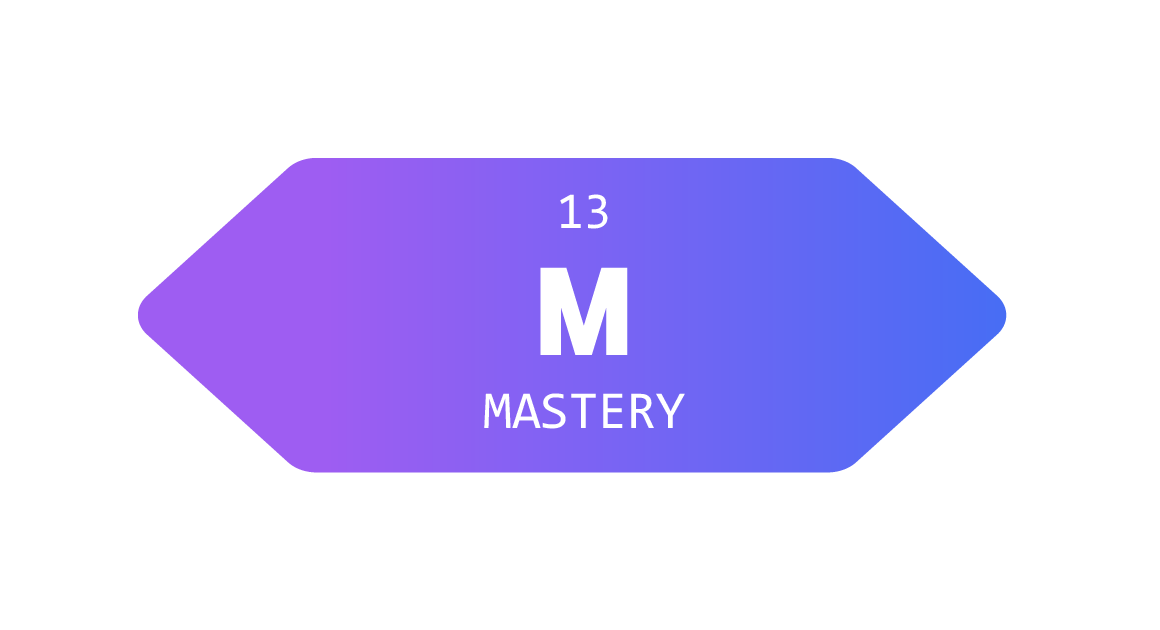
MASTERY
the extent to which someone deliberately builds their skills to further a craft
-
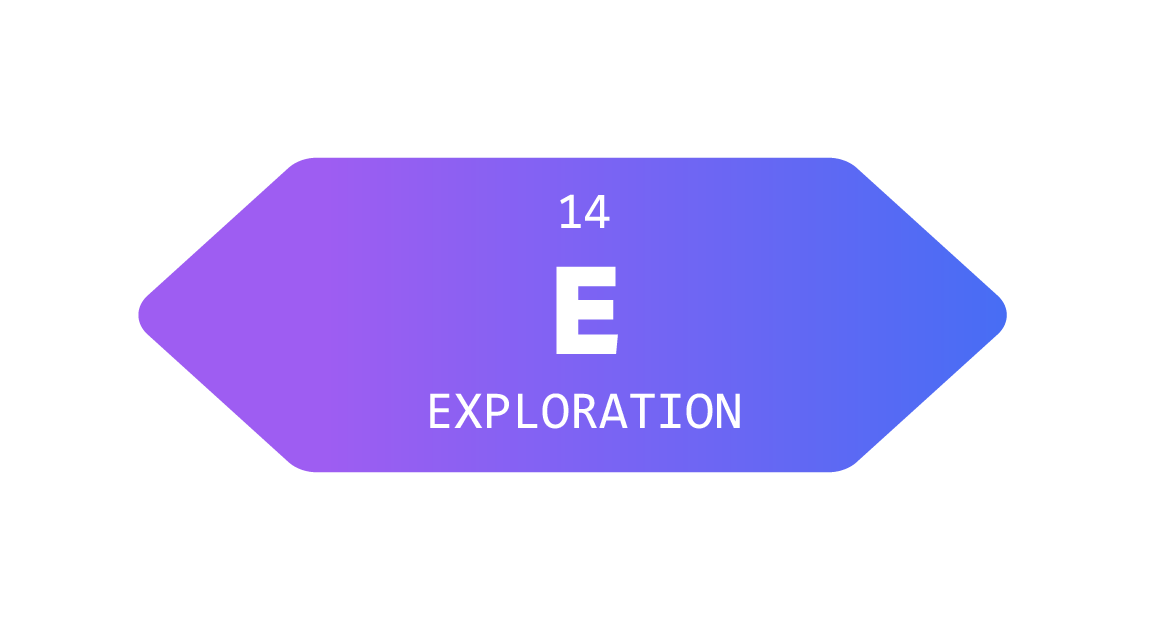
EXPLORATION
the extent to which someone actively engages with new experiences, environments, or ideas
-

PURPOSE
the extent to which someone applies there unique skills to create a direction for their life and an impact on the world
-

PLAY
the extent to which someone engages in activities for pure enjoyment—with no practical goal or purpose
-
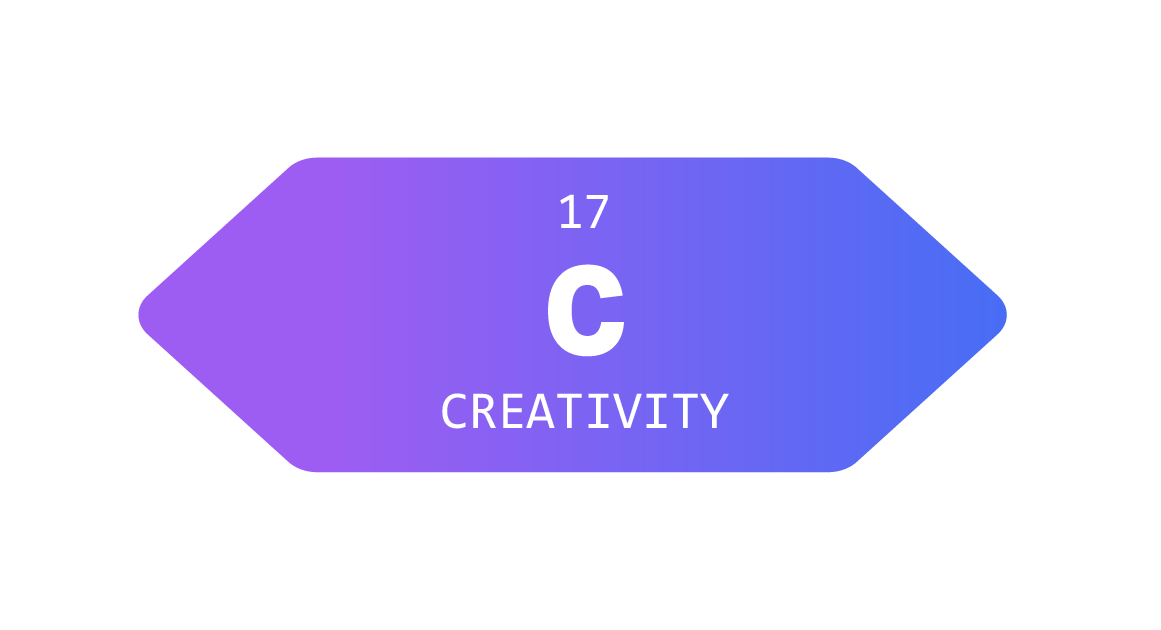
CREATIVITY
the extent to which someone applies their imagination to create something new
-
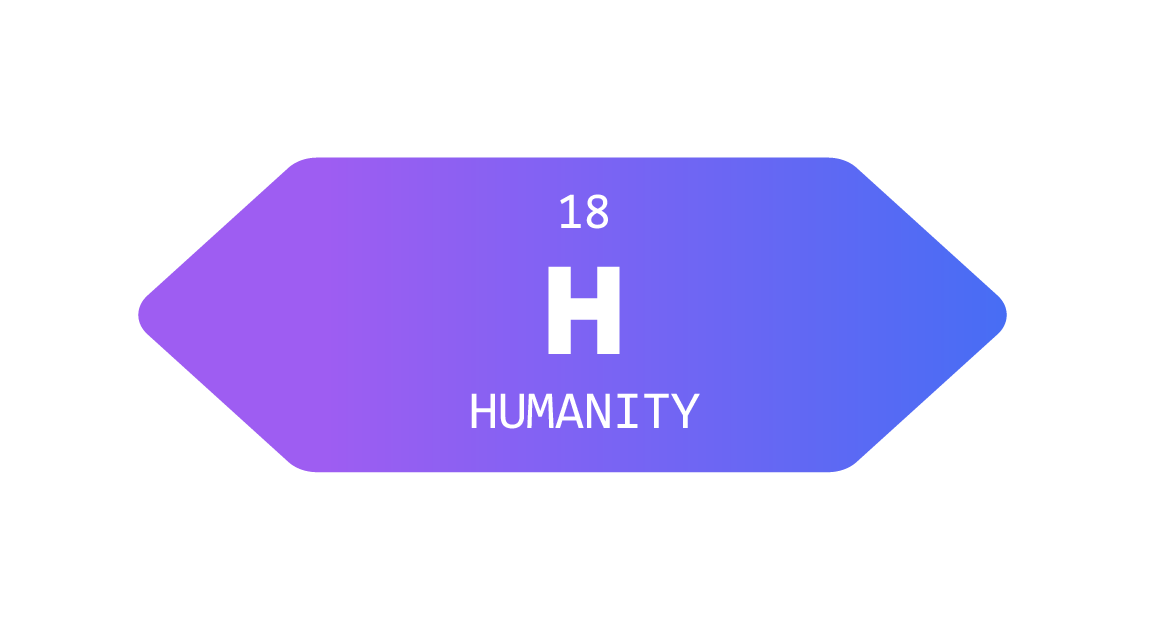
HUMANITY
the extent to which someone goes beyond themself and their immediate support network to care for others
-

PLANET
the extent to which someone feels part of the natural world
-

UNIVERSE
the extent to which someone feels connected to a greater order—something much, much bigger


